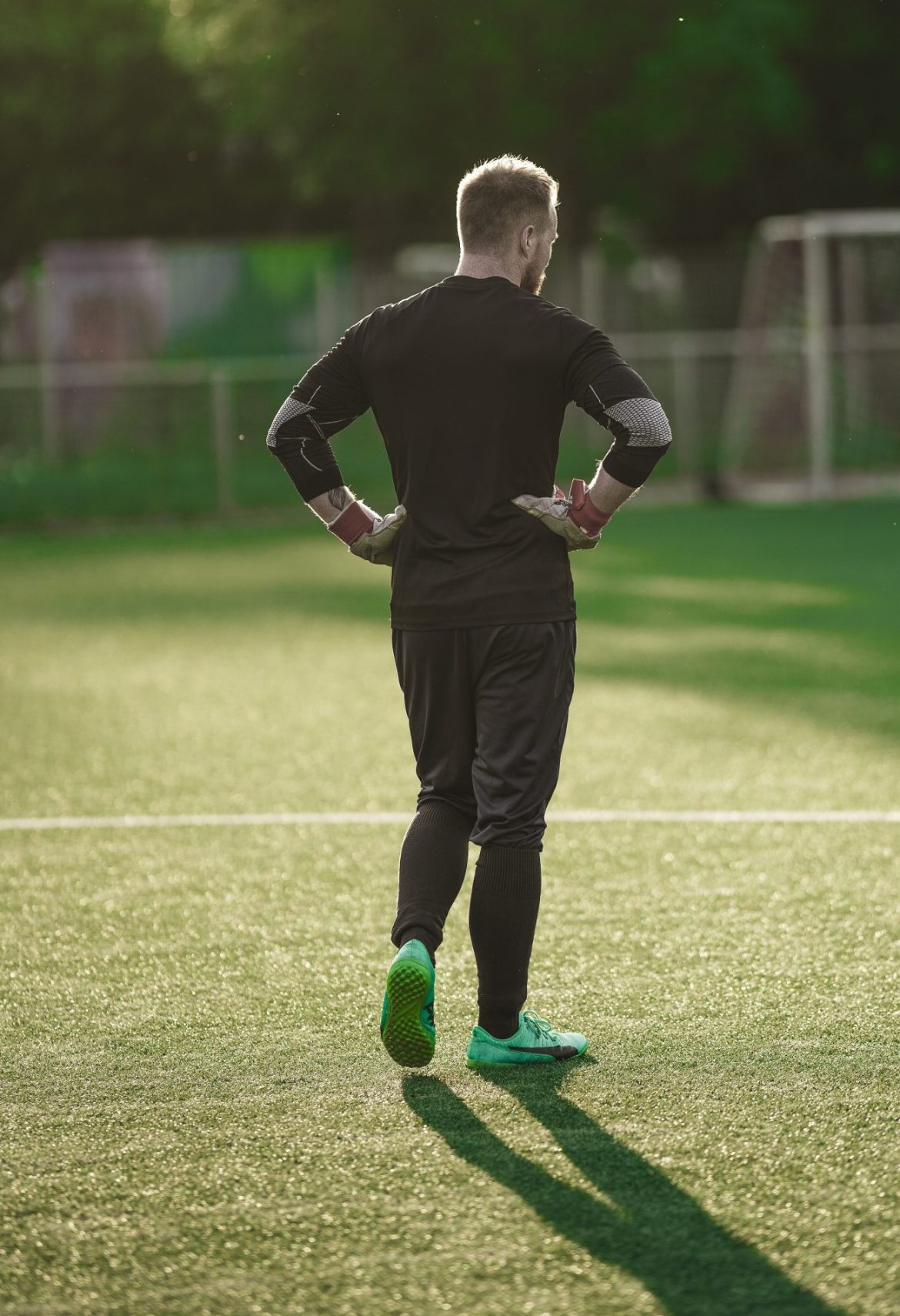Goalkeeper gloves are not only affected by the type of glove cut, weather condition, surface, and style of play, but also by the type of shots they face. Different types of shots can have a significant impact on your grip, comfort, and performance as a goalkeeper. Therefore, it is important to choose the right goalkeeper gloves for different types of shots. Here are some tips and recommendations to help you out.
Low shots
Low shots are shots that are aimed at the bottom part of the goal. They are often used by strikers who want to catch the goalkeeper off guard or exploit a gap in the defence. They can be hard to save because they require the goalkeeper to get down quickly and cover a large area.
Features
- Goalkeepers who face low shots usually prefer goalkeeper gloves that have a softer and stickier latex palm that can provide excellent grip and shock absorption on low shots.
- Goalkeepers who face low shots may also prefer goalkeeper gloves that have a snug and comfortable fit that can provide better feel and control of the ball.
- Goalkeepers who face low shots may also prefer goalkeeper gloves that have a roll finger or negative cut that can provide more latex contact with the ball and enhance their grip.
High shots
High shots are shots that are aimed at the top part of the goal. They are often used by strikers who want to surprise the goalkeeper or exploit a gap in the defence. They can be hard to save because they require the goalkeeper to move quickly and leap high.
Features
- Goalkeepers who face high shots usually prefer goalkeeper gloves that have a harder and more durable latex palm that can resist abrasion and last longer on high shots.
- Goalkeepers who face high shots may also prefer goalkeeper gloves that have a thicker and more protective latex palm that can prevent cuts and bruises on high shots.
- Goalkeepers who face high shots may also prefer goalkeeper gloves that have a windproof or waterproof backhand that can keep their hands dry and protected from the elements on high shots.
Curling shots
Curling shots are shots that curve in the air. They are often used by strikers who want to bend the ball around the wall or the goalkeeper. They can be hard to save because they require the goalkeeper to anticipate the direction and speed of the ball.
Features
- Goalkeepers who face curling shots usually prefer goalkeeper gloves that have a thinner and more sensitive latex palm that can provide better touch and accuracy with the ball.
- Goalkeepers who face curling shots may also prefer goalkeeper gloves that have a looser and more flexible fit that can provide more freedom and mobility for their hands.
- Goalkeepers who face curling shots may also prefer goalkeeper gloves that have a flat palm or hybrid cut that can provide more space and comfort for their fingers.
Knuckleball shots
Knuckleball shots are shots that have little or no spin. They are often used by strikers who want to confuse the goalkeeper or exploit a gap in the defence. They can be hard to save because they require the goalkeeper to react quickly and adjust their position.
Features
- Goalkeepers who face knuckleball shots usually prefer goalkeeper gloves that have a softer and stickier latex palm that can provide excellent grip and shock absorption on knuckleball shots.
- Goalkeepers who face knuckleball shots may also prefer goalkeeper gloves that have a snug and comfortable fit that can provide better feel and control of the ball.
- Goalkeepers who face knuckleball shots may also prefer goalkeeper gloves that have a roll finger or negative cut that can provide more latex contact with the ball and enhance their grip.
Conclusion
Choosing the right goalkeeper gloves for different types of shots can make a big difference in your comfort, performance, and style as a goalkeeper. By knowing the features and recommendations of each type of shot, you can find the best goalkeeper gloves for your needs. Remember to always try on different goalkeeper gloves before buying them, and to break them in gradually before using them in a match. Happy saving!
